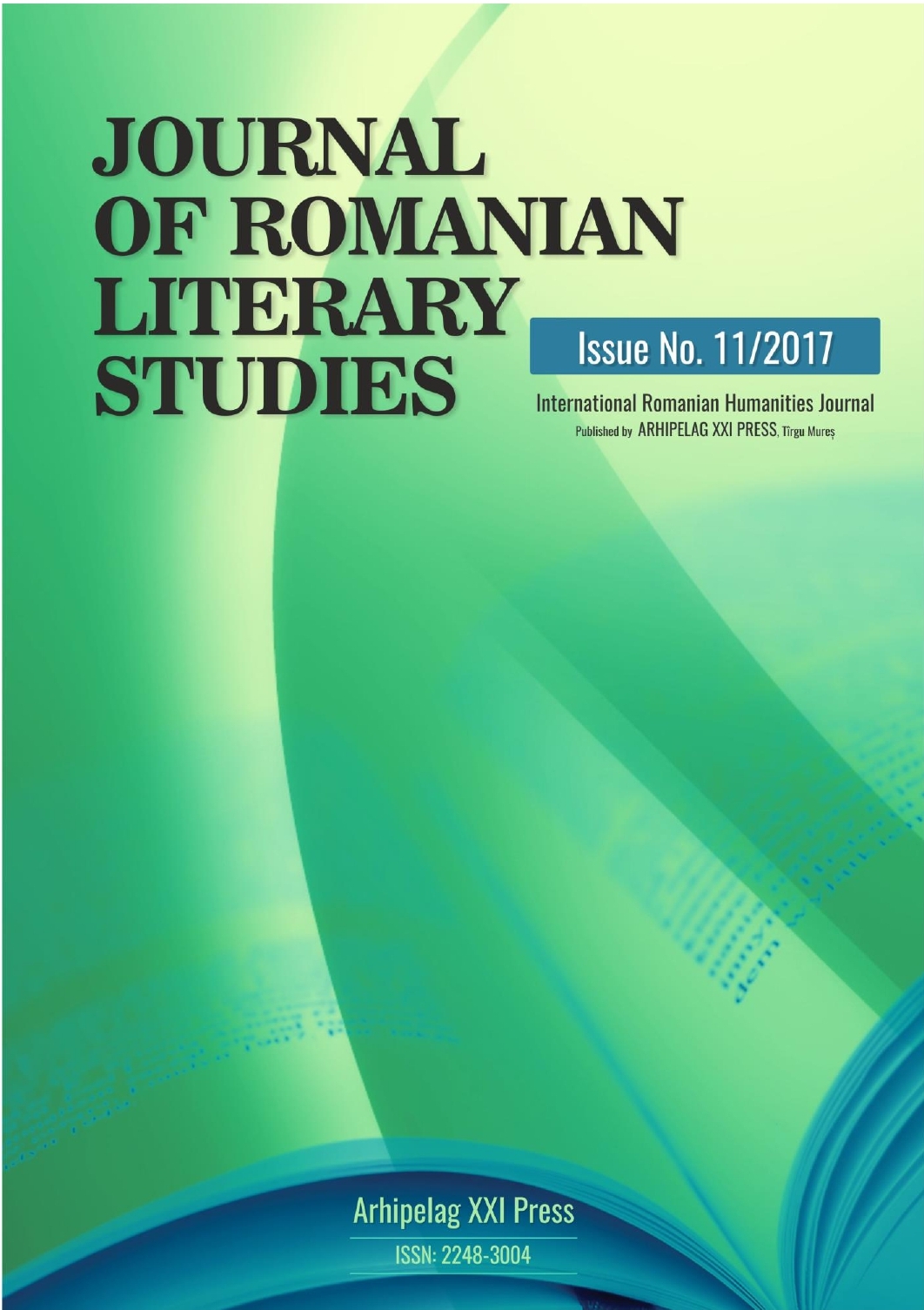FACTORS THAT CONTRIBUTE TO THE DEVELOPMENT OF THE PUPILS’ CREATIVE POTENTIAL
FACTORS THAT CONTRIBUTE TO THE DEVELOPMENT OF THE PUPILS’ CREATIVE POTENTIAL
Author(s): Ramona VladSubject(s): Psychology, School education, Educational Psychology, Sociology of Education
Published by: Editura Arhipelag XXI
Keywords: creativity; pupils; music; art; education;
Summary/Abstract: Creativity is a complex public activity, which brings to a distinct product, it is the capacity of the human being to achieve something new in different forms, to reveal unknown aspects of reality, to elaborate original solutions and ways of problem solving expressing them through original personal means. Music is the art which expresses the dynamics of spiritual life that acts in the straightest way upon sensitivity and creativity. Considering, on the one hand, the complexity of creativity and the way in which music acts upon sensitivity and consciousness, and on the other hand the universe and childhood innocence, I decided to discover interferences between them, connections among music, painting and creativity, on the sublime ground of childhood. In the proposed study I started from the hypothesis that stimulating the students’ creative manifestations, under a creative workout, together with many artistic activities, can bring to the growth of the pupils’ creative potential. The target groups were made up of pupils from the 2nd and 6th grade. The research sample is made up of four groups of subjects. The experimental group is made up of two groups of subjects (from 2nd and 6th A and 6th B (44 pupils) from „George Enescu” National College of Music in Bucharest. The central group comprises two groups of pupils having the same age with the pupils of the 2nd grades and 44 pupils from the 6th grade from school no: 114 in Bucharest. There have been chosen groups of students from different schools in order to see how much the creative potential is influenced by the pupils’ musical education, considering the profile of the pupil’s school in the experimental group. The research that was carried out followed the classical plan: finding the creative potential of the four groups (two experimental and two control groups) through diagnosis tasks: the verbal test and creative attitude questionnaire and in the end testing the creative potential again through the same diagnosis tests on the four groups of subjects. Results have demonstrated that both experimental groups obtained better performances compared to the initial ones, that confirms the hypothesis at the beginning according to which- children’s creative potential can be improved through artistic activities both at primary grades pupils, as well as at those in the secondary school.
Journal: Journal of Romanian Literary Studies
- Issue Year: 2017
- Issue No: 11
- Page Range: 766-771
- Page Count: 6
- Language: Romanian

